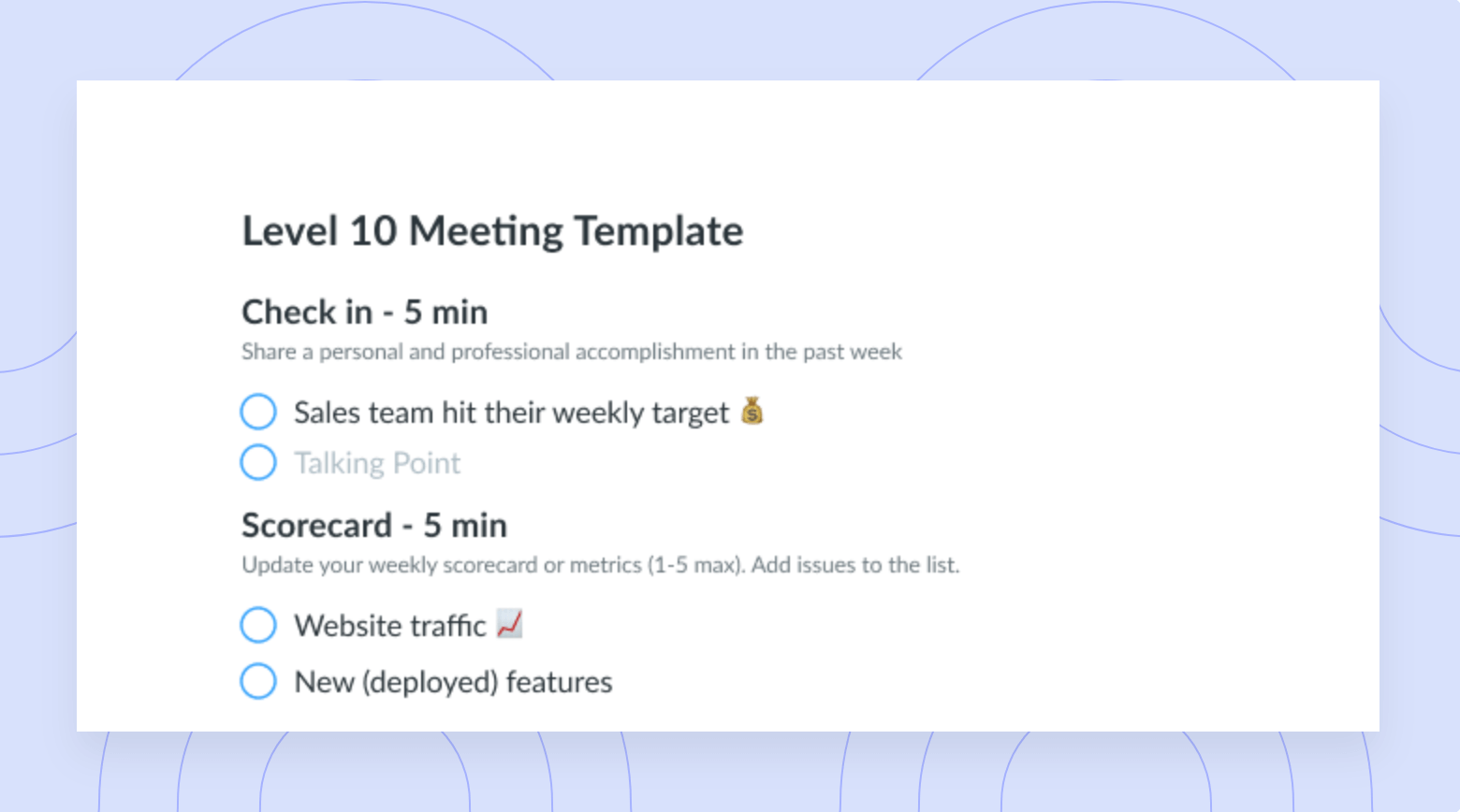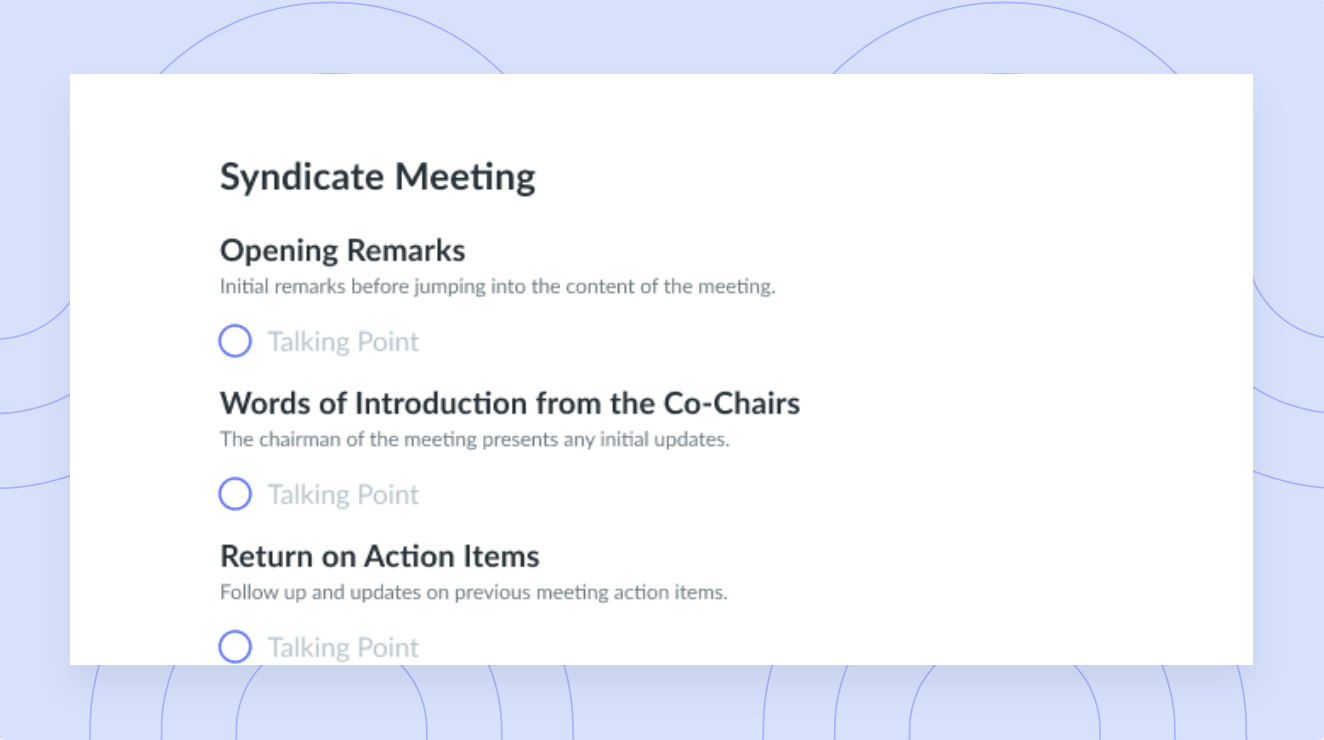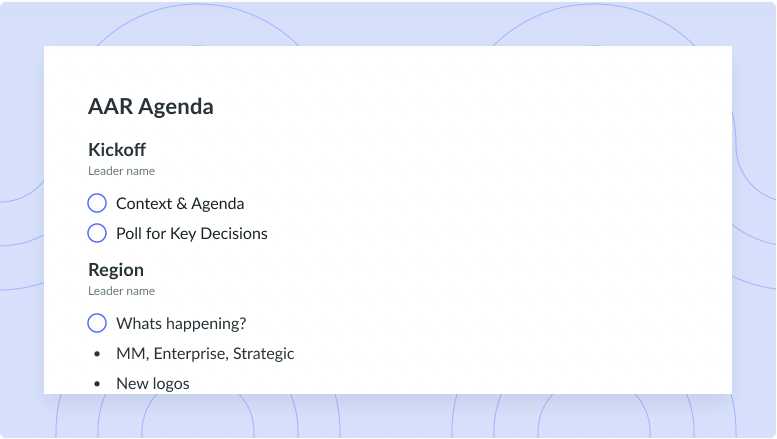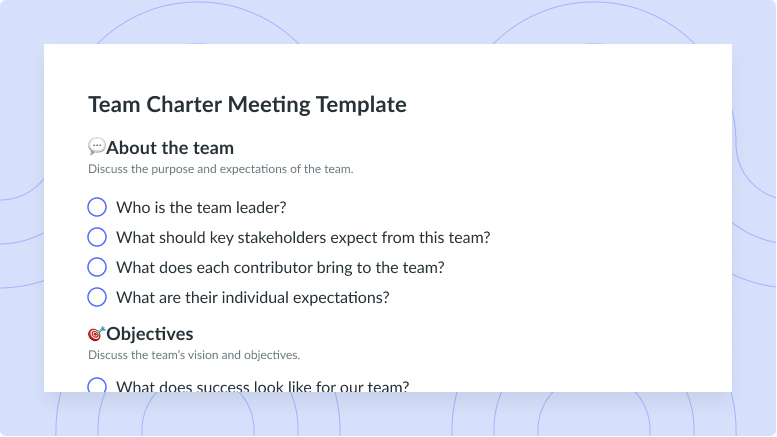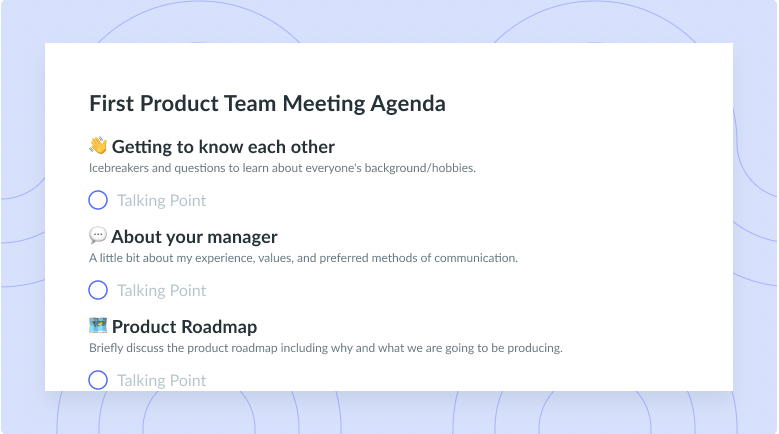Disciplinary Actions at Work: What They Are and What It Means
Many first-time managers might not think about disciplining team members all that often. This in-depth guide to disciplinary actions at work.
Discipline in the workplace is never an issue because you’re working with reasonable adults who can resolve their own conflicts, right? If only. While you likely won’t have to deal with the same level of unruliness you’d see in high schoolers, there’s always the possibility of bad behavior. (Or, at least, mistakes big enough that you need to really act on them.) This all can make life harder for everyone else on the team, so employee disciplinary actions are required before things get worse.
Of course, taking these actions might be a little awkward, especially if you’ve never had to do it before. (And even still if you’ve done it a whole bunch.) Below is an in-depth guide on disciplinary action in the workplace to help you master employee discipline within your organization.
- Disciplinary actions at work: what it means
- Types of discipline in the workplace
- Disciplinary actions process
- Behaviors that require disciplinary action
- Disciplinary action policy best practices
Disciplinary actions at work: what it means
Disciplinary action is less of a punishment and more of an attempt to correct any behavior that falls below your organization’s expectations. Think about it like this: You want everyone on your team to act professionally, which means doing their work and treating their colleagues with respect. If either (or both) of those things aren’t happening, corrective action can fix the problem while starting a paper trail in case it happens again.

Run efficient meetings, come to a decision, and get back to work
Level up your meeting habits to boost engagement and productivity with a collaborative meeting agenda. Try a tool like Fellow!

Types of discipline in the workplace
You have all kinds of options for correcting bad behavior. Many managers feel most comfortable with progressive discipline, starting with light warnings and escalating from there. But your disciplinary process is up to you and the team member’s poor conduct. Below are some common types of team member discipline.
1Verbal warnings
Managers often start with verbal warnings, which, to their credit, are often enough to solve the problem. For the most effective verbal warning, explain why your team members’ actions were wrong and say that you expect it not to happen again.
2Written reprimands
It’s easy to assume a written warning is weaker than a verbal one since it’s not face-to-face or real-time, but that isn’t always true. If anything, written warnings are a great way to give more detailed descriptions of what’s going wrong. They’re also a great place for explaining how the team member should change and what could happen if they don’t.
3Performance improvement plans
Here’s where you start taking a more direct hand in a team member’s disciplinary measures. Instead of leaving them to do better on their own, you’ll create a guided plan. Typically, you’ll hold regular check-ins, put measurable goals in place, and pave them a path to get back on the right track.
4Written suspension
Disciplinary suspension is a more drastic approach, usually in response to the most serious issues. You might need to lean on it when a conflict has gotten bad enough that one team member can no longer interact with another. Suspensions are typically a team member’s final warning before losing their job.
5Firing
Letting a team member go should be your last resort – save it for when all other disciplinary measures have failed. If it comes to this, schedule a one-on-one meeting with the team member and review everything you’ve tried to help them improve. This is an important step to protect your organization from wrongful termination lawsuits, and it’s also just common decency.
Disciplinary actions process
All the above disciplinary actions don’t need to happen in any order, but there is a widely accepted way of making them happen. The three key steps are below.
1A letter explaining the issue
To start, send out a letter detailing exactly why the team member in question is facing disciplinary action. This can help the team member pinpoint the exact behavior they need to improve.
2A meeting to talk about it
A meeting with the team member gives them a chance to explain themselves, and that’s important. For starters, it helps the team member feel less attacked. For you, knowing the context of their actions is a better way to understand the situation and figure out how to discipline them.
3A disciplinary decision
After hearing your team member’s side of the story, it’s time to choose the disciplinary action that best corrects their behavior. You should base your choice on how many performance issues the team member caused for the rest of the team.
A big note here: Going for the more extreme options right off the bat is fairly rare. Start small, and only go big when you’ve run out of options.
Behaviors that require disciplinary action
The behaviors you should discipline for are usually pretty obvious. You likely have a clear-cut view of what a professional employee is, so anything outside that probably needs a closer look. Below are just a handful of potential moments when you should discipline a team member.
1Sexual harassment
Sexual harassment (unwanted sexual advances or remarks) can make someone feel anxious, humiliated, and powerless. But despite the name, remarks don’t have to be sexual in nature to apply here. Offensive remarks about another person’s gender could also be sexual harassment. You can see pretty obviously why this requires disciplinary action – for starters, it’s illegal.
2Discrimination
Discrimination is when a team member excludes another or treats them less fairly because of differences in their race, gender, religion, or sexual orientation. It’s also illegal.
3Absenteeism
This one is exactly what it sounds like: A team member frequently misses work for reasons beyond illness, injury, or emergencies without prior warning. The rest of the team is left scrambling to cover the work they should be doing. Attendance issues are especially important to manage because they’re often signs of deeper team member or workplace issues.
4Work performance
A dip in a team member’s work quality below your organization’s standards is maybe the easiest issue to resolve. Support from leadership can help employees get back on track, and so can performance improvement plans. You can also meet with them to suss out deeper issues with employee engagement in your organization.
5Bullying in the workplace
Workplace bullying is behavior targeted at a certain person or group of people meant to belittle, offend, or intimidate. Most think they leave bullying behind in school, but it can happen in a work environment, just in slightly different forms. Harsher criticism than others get, insults, rumors, and deliberate exclusion are all examples of workplace bullying. Disciplinary actions to rid your team of bullying are a key way to create a comfortable work environment.
6Tardiness
Not quite the same as absenteeism, tardiness is when a team member routinely shows up late to work. While they’re still showing up, repeated lateness can have a similar effect on morale and work quality.
Disciplinary action policy best practices
For the most part, your human resources department will oversee disciplinary actions. After all, they’re experts at this, which is important. A misstep can lead to a lack of change in a team member’s behavior or lead them to think they’re being singled out unfairly. Below are a few best practices for successful corrective action.
- Gather all relevant evidence
- Create a progressive discipline policy
- Make sure your team knows your disciplinary action policy
- Allow people to defend themselves
- Educate leadership
1Gather all relevant evidence
You shouldn’t treat misconduct accusations lightly, especially if they’re for serious offenses like bullying. Instead, you should investigate the issues and save any evidence you find. This way, you’ll know you’re treating everyone involved the right way.
2Create a progressive discipline policy
Fairness is the name of the game here, so nobody should be handing out corrective actions based on personal belief. A progressive discipline policy lays out exactly the right type of discipline for every type of bad behavior. This way, no one can accuse you of discriminating against them because their discipline was different than someone else who did the same thing.
3Make sure your team knows your disciplinary action policy
You can potentially stop bad behavior before it starts if your team understands the consequences. Pass out an employee handbook with examples to help team members understand the laundry list of corrective actions and how to avoid them.
4Allow people to defend themselves
There are two sides to every story, and making decisions based on only one means you miss out on context that could’ve tipped the scales. Give everyone involved a chance to speak their minds so you can see the situation from everyone’s point of view.
5Educate leadership
You should get leadership and management buy-in before putting your disciplinary action policy into place. This way, the folks at the top don’t suddenly stop your disciplinary actions in their tracks before you can really make any change. If you’re all on the same page from the get-go, nobody can question how you’re disciplining your team – and with a better team, everyone wins.
Professionalism in the workplace
Disciplining your team is never easy, but letting small behavioral issues lie can lead to bigger ones down the line. And letting big issues go is never the right idea.
With Fellow, you can set up top-quality meetings to get to the bottom of any misconduct and take disciplinary action. You can use Fellow can create meeting agendas, set goals for your performance improvement plans, and note your team members’ progress. You’ll help your organization work like a well-oiled machine, all without any bad behavior.



![10 Signs You’re In a Toxic Workplace [and How to Handle It]](https://fellow.app/wp-content/uploads/2022/01/toxic-culture.jpg)





